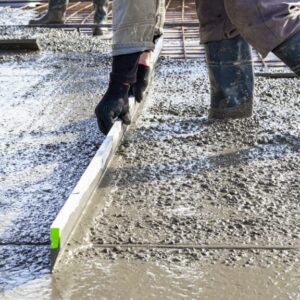The term”landscape” can be used to refer to some part of a landscape, including the plants, trees, flowers, and shrubs used to accent the area. A Landscaping Adelaide is simply the visible aspects of an outdoor area, its landscape, and how these components integrate with natural or man-made features like lakes, rivers, ponds, etc. The term landscape may also be used when describing the visual element of buildings in a neighbourhood or town. Even though most people think of a landscape when they hear the word, a landscape can also be described using words like natural, constructed, or abstract.
Landscape
In North America, two of the most dominant types of landscape are natural and urban legends. The term natural landscape identifies those parts of a neighbourhood where landscape attributes are included of all or the majority of the earth accessible sources. On the other hand, urban landscape clarifies those attributes which have manmade components – like bridges, roads, parking lots, etc. – integrated into them.
Landscape
Among the most frequent examples of natural landscapes is that the desert landscape. Most desert landscapes contain flat, bumpy terrain that is typically made out of cactus or oases. This helps to drain the moisture in the ground and retains the evaporation rate of water which in turn helps to keep the place cool in the summer and warm in winter. Most desert landscapes are relatively inactive, but some can be affected by human habitation, like altering habits of cattle grazing in the region or changing home-buying trends.
Landscape
Urban landscapes differ from natural landscapes in that they’re created using predetermined regions for construction, planting, harvesting, and other areas of urban life. At the same time, the physical environment of urban landscapes differs from organic landscapes, since urban locations are built on brick and concrete and there’s little if any vegetation. Many city places are made around commercial pursuits, such as tall buildings. The lack of vegetation in and around urban areas has a negative influence on the natural character of the land.
Cultural landscapes, on the other hand, are those created by the people who reside in a particular area. A complete example of a cultural landscape is a city or town. These landscapes are usually created through literature and art and reflect the culture of their people. Art in particular reflects the social life of a community and the people who live within it, as well as their interaction with the external world.
Landscapes of a cultural landscape tend to be stylized, like a townscape, reflecting the preferences of their citizens of the community. These public spaces frequently conform to a specific style of design or architecture, such as a minimalistic townscape or an intricate monument in the city. These designs usually serve a practical purpose, like providing a location for events or gathering, or offering a historical context of the people who lived in the region. Another important facet of a cultural landscape is the representation of the values of this community.
According to the fundamentals of formalism, formal landscape architecture is set by the earth resources and distance limitations. Therefore, these constructions are often constructed with the gifts of the earth, such as atmosphere, water and light. Formal landscape architects also use technical innovations such as the Geotechnical model, which is a scientific way of determining spatial relationships among objects. By combining formal and geotechnical information, these experts can produce a model of the earth’s environment, demonstrating the association between the living entities and their surroundings, including humans.
Apart from being a combination of formal and casual design, geographers have analyzed the relationship between the landscape and human culture. As an example, they have noted how different landscape designs, according to an individual’s culture, maybe aesthetically pleasing or repulsive. Also, they’ve found a fantastic deal of variability from the planet’s landscape, due to the numerous pressures and environmental variables which affect its creation. In this way, landscape architecture is a field that has broad applications and may even be applied to other fields, including education, business and public areas.



